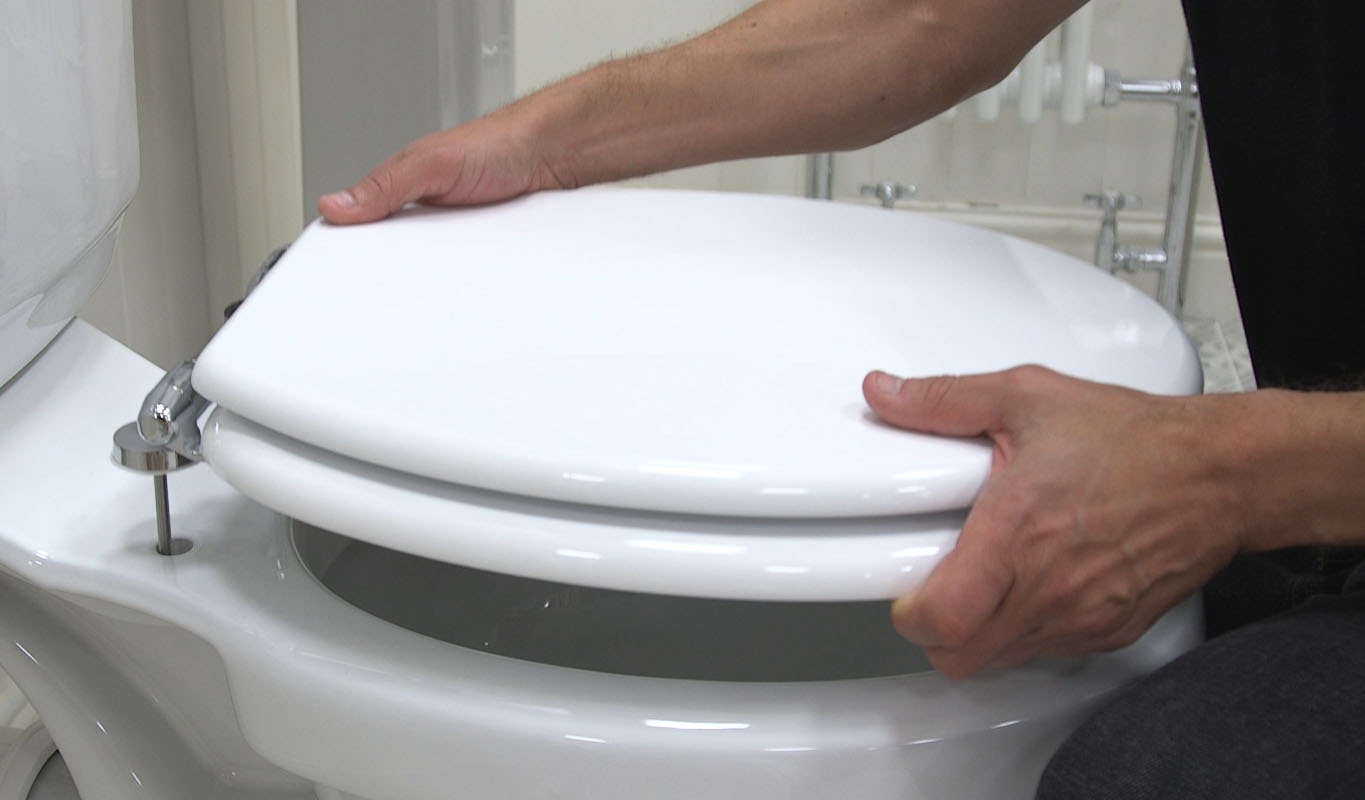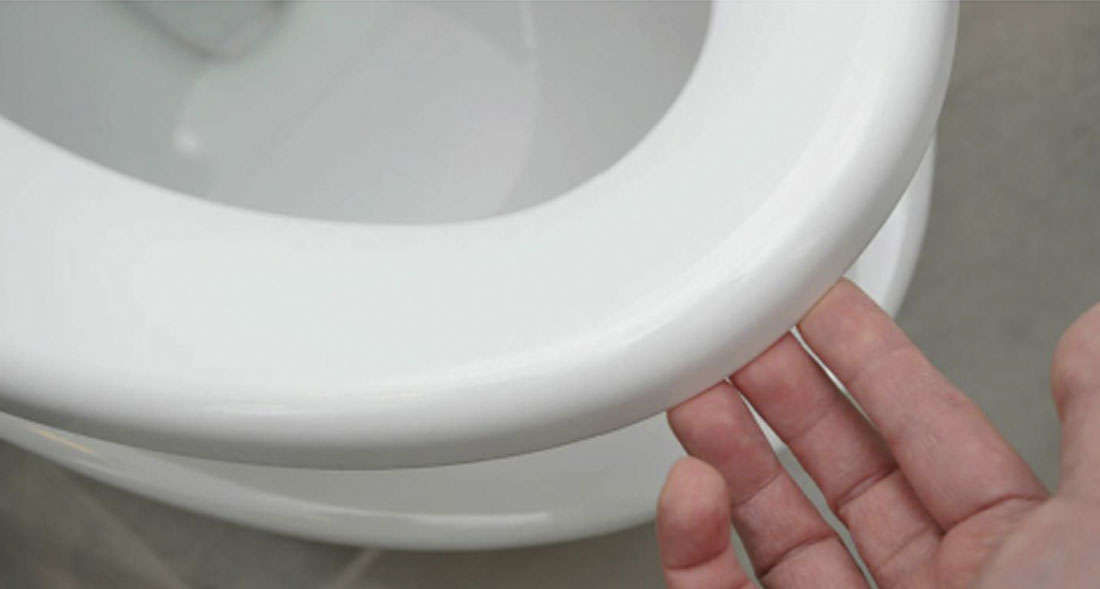
How do I know if my boiler needs Replacing?
- Oct 03, 2020
- 3
Fitting a toilet seat is a relatively straightforward task but it does require a little preparatory work. Follow our step-by-step guide to learn how to remove and replace a toilet seat in your home.
Tools required to replace a toilet seat
You will need the following tools to fit a new toilet seat:
• A tape measure
• Pliers
It's important to give yourself enough time to adequately fit a toilet seat. We estimate about 30 minutes, but while it doesn't take too long to fit a replacement, you definitely don't want people bugging you while you're taking your time to get the job done right.

• Clean the area where you will be working.
• It's important to make sure that you are equipped to work in what is a fairly germ-laden area. Using an anti-bacterial spray beforehand, can blast any nasty smells, dirt and toilet grime away before you start.
Modern day toilet seats are designed to soft close, protecting your seat from banging down. They have special plastic plugs that fit into 2 holes in the seat to slow the closing function. The brackets that accompany soft close toilet seats are specifically for the right or left side, so double check you have them in the right places.
You can now set the toilet seat over the connector that stands up from the hinges. It should snap right into place and then you can tighten the screws to ensure the seat is secure.
A raised toilet seat helps older or mobility-impaired individuals to use the toilet more comfortably. They are also really easy to fit.
Begin by lifting the seat and lid of the toilet and then put the raised toilet seat into place, so that the higher end is towards the rear of the toilet and the inner ring fits well over the toilet bowl.
Push down the raised toilet seat to install it within the toilet bowl, and then measure all the height adjustment clamps to double check they are at the same height. Some raised toilet seats have a clamp that attaches the front of the seat to the toilet pan, just under the rim. If that is the case, hand-tighten the clamp to secure the front of the raised toilet seat.

Obviously it's sensible to wear gloves because that helps to protect you against germs and viruses ... but as many plumbers will tell you, it can be problematic to work in gloves because while the thinner ones allow you to feel what you're doing, they are also very prone to hairline splitting.
Common bacteria found in toilets, for example the well-known and definitely unloved e.coli, salmonella and listeria - but did you know that 'hospital superbug' MRSA can also be lurking in your toilet bowl, yuck!
Thicker gloves don't split, but they can prevent you from a sense of touch to monitor what you're doing, so; at least start the job in gloves and if you have to take them off, coat your hands lightly with a barrier cream such as petroleum jelly, to 'trap' any bacteria which you can then rinse off after completion.

You need to understand what kind of toilet seat you have. Toilet seats are round-ended, D and oval shaped. Before you can fit a new toilet seat, you need to measure the toilet bowl to ensure that your new toilet seat will fit accurately.
The measurements you require are:
• The distance between the fixing holes at the back of the toilet are usually industry standard (155mm), but some toilets are non-standard, so it's always best to check.
• The width of the toilet bowl at the widest point.
• You need the measurements between the front of the toilet and the point directly between the fixing holes at the back of the unit. This information will allow you to choose a toilet seat that will fit perfectly.
If there's already a toilet seat in place, you'll need to remove it. There is a winged nut, or nut and bolt under each side of the pan. Nowadays they are plastic, but sometimes they can be metal, which often adds to the time required. Metal fixings can often suffer from corrosion, and will need some penetrating oil and a ten minute break to allow the oil to do its job.
You can use WD40 Spray to loosen the nuts whilst holding a cloth behind the nut to avoid the penetrating oil lubricating the entire space and then leave for 20 minutes. Use pliers or a spanner to try and work the nut loose.
If you're lucky and it's a set of plastic wing nuts, just twiddle them off and the old toilet seat can be lifted out. This is a great time to clean the toilet by squirting the whole area with anti-bacterial spray.
The key tips to getting a perfectly fitted toilet seat are:
• Ensuring that the seat sits evenly around the edge of the bowl.
• Tightening the nuts so they are securely seated but not over-tightened, as this can lead to breakage which in turn leads to a wobbly toilet seat.
Modern toilet seats generally have a bracket, a piece of studding, a washer and a plastic nut. Fit the studding underneath the bracket, slide the washer into place to cushion the nut, and then add the nut. It sounds pretty easy, but depending on the location of your toilet and its plumbing, this can actually mean you're fitting the nut blind.
• Before you tighten the nut, check that you can lift both the seat and the lid to rest against the cistern, and then lower the seat to check that all its contact points rest against the top of the pan. You can alter the action of the hinges via a locking screw placed below the hinges which passes through the hinge plate. Use it to adjust the hinges then tighten the screw.
For fine tuning, rotate the hinge plate, so it allows you to get the fixing bolts into their holes. it will accommodate movement for the entire toilet seat (forwards and backwards), so that you can rest the seat against the cistern without it falling. You can then turn the hinge plates through 180 degrees. Fancy and expensive alternatives have a range of holes into which the fixing bolts can be set. While this has the same effect of turning the hinge plate, it allows for a greater and more precise fit.